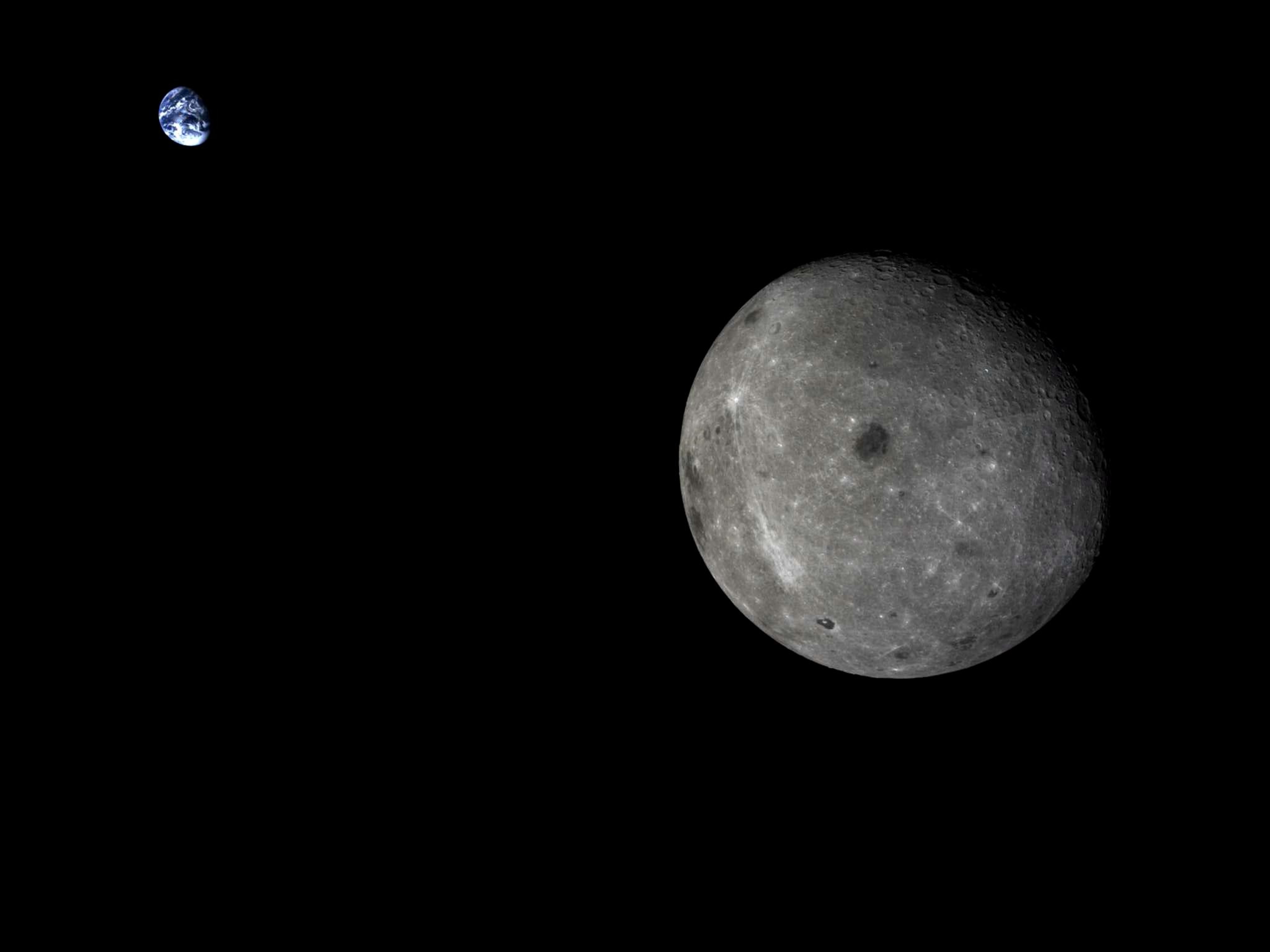
China’s Queqiao-2 lunar reconnaissance satellite was successfully launched into orbit around the Moon, becoming an important element in preparing for a mission to collect samples from the far side of the Moon. Queqiao-2 was launched on March 8 from the Wenchang Cosmodrome, and on March 24, the spacecraft reached lunar orbit after a 112-hour journey and successful braking.
The satellite has the task of providing communication between the Earth and future lunar missions on the far side of the Moon, where direct communication with the Earth is impossible due to the specifics of the lunar orbit. Queqiao-2 is to enter a highly elliptical stable “frozen” orbit, which will allow simultaneous communication with both the Earth and the far side of the Moon.
In parallel with Queqiao-2, two experimental lunar vehicles, Tiangu-1 and Tiangu-2, were launched into orbit to test navigation and communication technologies in lunar space. These tests should form the basis for the expanded Queqiao constellation, which will provide lunar navigation and communication services in the future.
China’s lunar exploration program is actively developing with the intention of establishing a lunar base in the 2030s. The plans include missions aimed at exploring the far side of the Moon and the South Pole to identify resources and develop methods for their in situ utilization. Queqiao-2 will play a key role in supporting these missions by providing reliable communication between the lunar vehicles and the Earth.
The far side of the Moon is the part of the Moon that is constantly turned away from the Earth due to the phenomenon of synchronous rotation. This means that the Moon rotates on its axis at the same speed as it rotates around the Earth, so the same side of the Moon is always facing our planet.
The far side of the Moon remained unknown to mankind until the era of space exploration, as it could not be seen directly from Earth. The first images of the Moon’s backside were taken by the Soviet Luna 3 spacecraft in 1959.
The surface of the far side of the Moon is significantly different from what we are used to seeing. It has a much larger number of craters and fewer seas (dark basalt plains formed as a result of volcanic activity). These differences indicate a different geological history of the two sides of the Moon.

